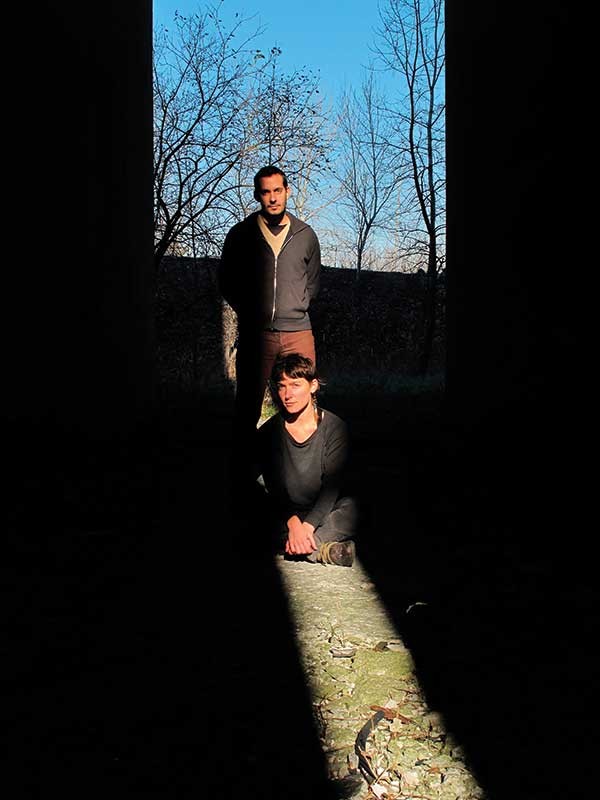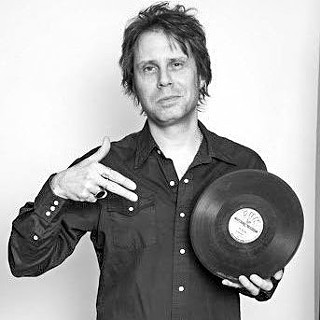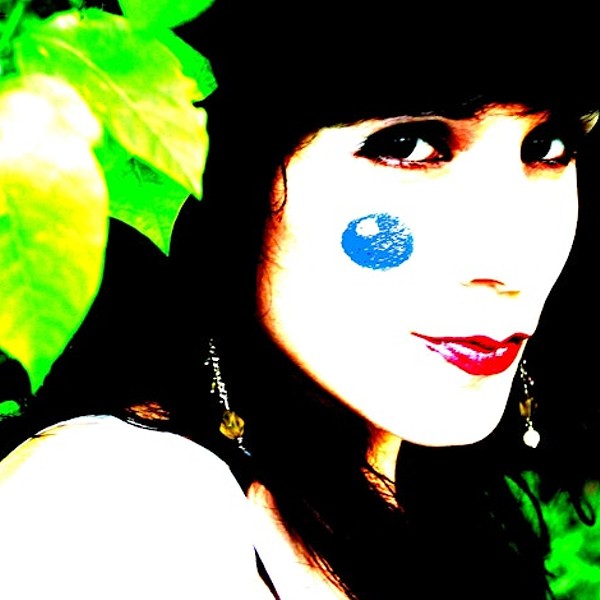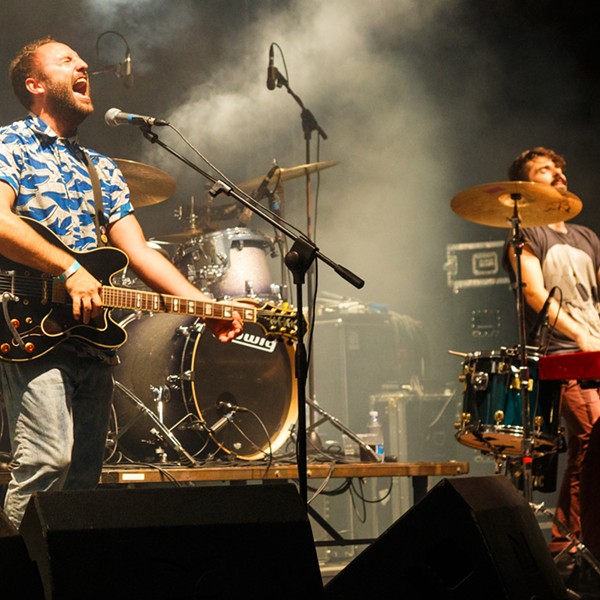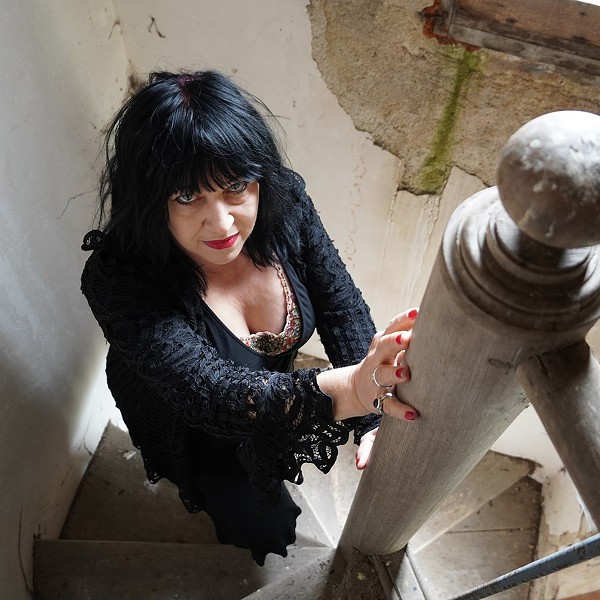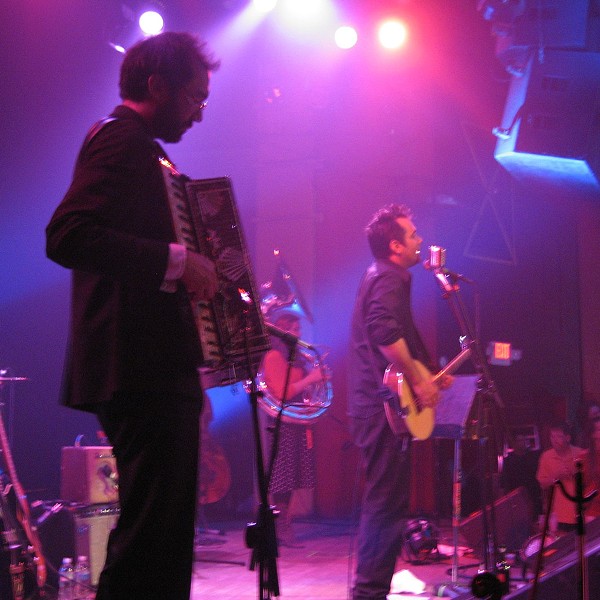Rock, like any other music, is one big, ongoing story of evolution. The torch of influence gets passed from the groundbreaking elders to the up-and-coming upstarts, who take what they've learned and do the right thing: They fuck it up, just so. Most often this means someone grabbing one or more time-tested templates and, with a twist or two, reintroducing the energy and passion that had been lost for too long. Say, like, Nirvana or the White Stripes. But every once in a while you get someone who's gone a few extra miles and remade the very rules of rock, and come up with something really unique. An act that has some vague antecedents but still doesn't sound much like whatever else is going on at the time. To these ears, the first act in a long while to do anything approaching such a dramatic rock 'n' roll makeover is the duo Buke and Gase. And a major part of the band's originality lies in the distinctive sound of the instruments for which the group is named, instruments that members Aron Sanchez and Arone Dyer built and play with their own hands.
The buke (pronounced "byook"), which is played by Dyer, the lead singer, is a six-string baritone ukulele with a body made from steel reclaimed from a junked automobile and a halved metal pipe as a neck. "I used to play regular baritone ukes that I would modify, but the necks kept snapping because of the heavier strings I use," says Dyer. With her persistently stomping leg, she also plays ankle bells and toe-bourine, a jingling assemblage sourced from a re-appropriated a tambourine. Her partner's axe, the gase ("gayce"), is a guitar-bass hybrid with similar origins to her own: Its scrap-metal components came from a 1960s Volvo. (As with Dyer's voice and the buke, the gase is run through a bevy of effects pedals; the band uses no loop pedals and creates all of its sounds live in real time.) "The gase isn't tuned like a regular guitar or bass," says Sanchez, who also contributes occasional vocals and keeps time with a small, tricked-out bass drum rig. "The tunings I use are ones I came up with my own." And why not, when you've come up with pretty much everything else on your own?
The instant you hear Buke and Gase (formerly Buke and Gass, the change presumably for reasons of pronunciation), the band's novel instrumentation and squat-punk DIY aesthetic become little more than footnotes to the music itself. "You know, 'form follows function,'" says Dyer. "Or maybe it's 'function follows form.'" Topped by her towering, spine-tingling vocals, the duo's artsy songs have a clanking industrial edge and hooks that are near classical in sweep, but are at the same time undeniably pop. "When I first encountered Buke and Gase, I had heard of them but wasn't prepared to be so blown away," says Jim Thirlwell, the legendary avant-rock auteur who records under the names Foetus and Manorexia. "I loved Arone's clear voice, with such commanding pitch and melodies. But another thing that drew me in was their tricky arrangements and time-signature changes and turnarounds. Their melodies were soaring and memorable from the get-go, and they were able to bring a hugely dynamic and nuanced sound from their instruments and simple effects. One of my favorite musical revelations in the last few years."
Sanchez originally hails from Bar Harbor, Maine, where he soaked up music via his father, who had "a ton of classical of records, and a lot of jazz. Especially Mongo Santamaria and other Latin jazz." He started out on drums, or, rather, drum, when he took snare drum lessons in fourth grade. Guitar came next, followed by 10 years of piano studies and eventually bass, which he played in high school cover bands; by the time he'd enrolled at Rhode Island School of Design he was playing upright and electric bass in jazz bands. Dyer grew up in rural, conservative Willmar, Minnesota, where she picked up guitar at age nine. Both her parents sang and enjoyed "Elvis and 'Woodstock-y' stuff," and it was her dad, a guitarist and Bela Fleck fan, who took her to her first concert—King Crimson, clearly portentous—when she was 14. "Being a girl, I had to sing about my 'issues' when I first started writing songs," jokes Dyer, who soon set out for the big smoke of Minneapolis, where she attended the multi-disciplinary Perpich Center for Arts Education. "But later on, hearing bands like Shellac, Blonde Redhead, and Assembly Line People Program was key."







